Paintings have been an integral part of human civilization for thousands of years . From prehistoric cave paintings to the grand masterpieces of the Renaissance , and the abstract wonders of the modern era , painting has always been a powerful medium of expression. It tells stories , captures emotions , and preserves cultures.
In this article, we will explore everything about painting their history, types, famous artists, techniques, and the impact of painting on society. Whether you are an aspiring artist, an art enthusiast, or just curious, this article will provide a deep and engaging insight into the world of painting.
Let’s dive in!
1. What is a Painting?
A painting is a form of visual art created using pigments applied to a surface , such as canvas, paper, wood, or walls . It can be realistic, abstract, or conceptual, depending on the artist’s intention .
Paintings serve many purposes, including :
- Aesthetic beauty – enhancing spaces and providing visual pleasure.
- Storytelling – depicting historical, religious, and mythological narratives.
- Emotional expression – conveying deep emotions and thoughts.
- Cultural preservation – showcasing traditions and beliefs of different eras.
A Brief History of Paintings
Prehistoric Paintings (30,000 – 10,000 BC)
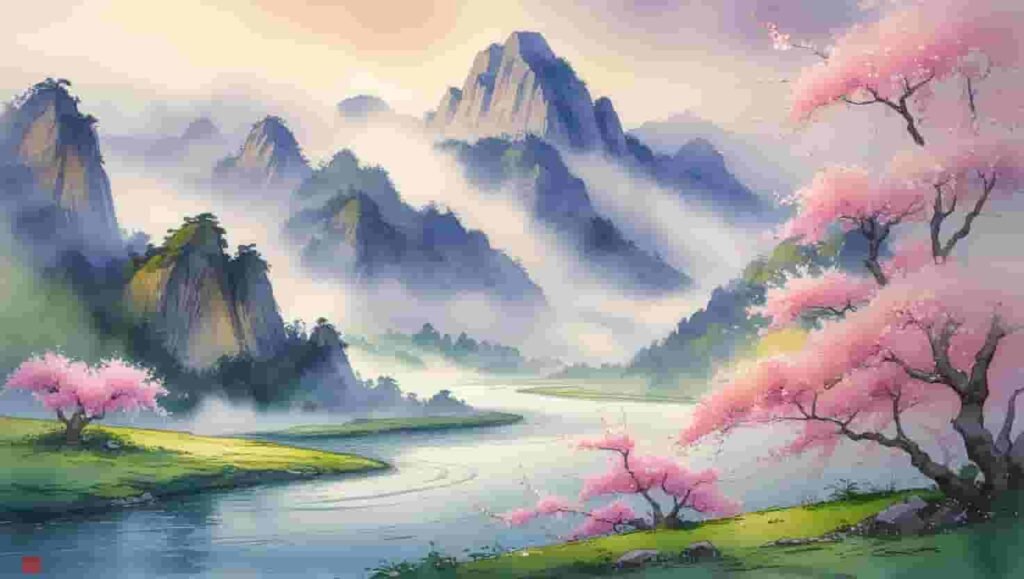
The earliest painting date back to cave paintings found in places like Lascaux, France and Altamira, Spain. These ancient paintings illustrate animals, hunting scenes and the daily lives of early humans.
Key Features:
- Painted using natural pigments like charcoal, ochre and minerals.
- Themes revolved around survival, hunting and rituals.
Ancient Egyptian and Greek Paintings (3000 BC – 500 AD)
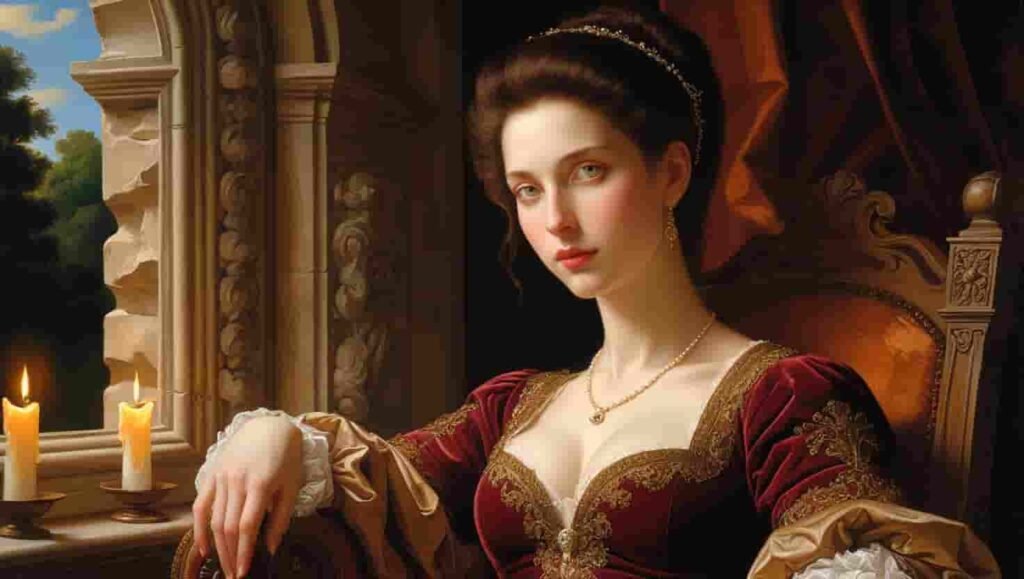
Egyptians painted on tombs and walls to depict gods, pharaohs and daily life. Greek art, on the other hand, focused on human beauty and mythology, often found on pottery and frescoes.
Key Features:
- Egyptian paintings followed strict symbolic rules.
- Greek paintings were more dynamic and detailed.
Medieval and Renaissance Paintings (500 – 1600 AD)
The Middle Ages saw religious art, while the Renaissance brought a focus on realism, perspective and humanism.
- Famous Artists: Leonardo da Vinci, Michelangelo, Raphael
- Famous Works: The Last Supper, Mona Lisa, The Creation of Adam
Baroque and Rococo Paintings (1600 – 1800 AD)
Baroque paintings were dramatic and emotional, while Rococo art was decorative and lighthearted.
- Famous Artists: Caravaggio, Rembrandt, Jean-Honoré Fragonard
- Famous Works: The Night Watch, The Swing
Modern and Contemporary Paintings (1800 – Present)

Art movements like Impressionism, Cubism, Abstract and Digital Art emerged.
- Famous Artists: Van Gogh, Picasso, Frida Kahlo, Jackson Pollock
- Famous Works: Starry Night, Guernica, The Persistence of Memory
3. Types of Paintings
| Type | Description | Famous Example |
|---|---|---|
| Oil Painting | Uses oil-based pigments | Mona Lisa – Leonardo da Vinci |
| Watercolor Painting | Uses water-soluble pigments | Landscape with the Fall of Icarus – Pieter Bruegel |
| Acrylic Painting | Fast-drying and versatile | Modern pop art pieces |
| Fresco Painting | Painted on wet plaster | The Last Judgment – Michelangelo |
| Digital Painting | Created using digital tools | Used in concept art, gaming, and animation |
| Abstract Painting | Non-representational | Composition VIII – Kandinsky |
4. Famous Paintings and Their Artists
- Mona Lisa – Leonardo da Vinci
- The Starry Night – Vincent van Gogh
- The Scream – Edvard Munch
- Guernica – Pablo Picasso
5. Painting Techniques
- Impasto Thick layers of paint for texture.
- Glazing Transparent layers for depth.
- Stippling Dots to create shading.
- Alla Prima Painting in one sitting.
6. Importance of Paintings in Society
- Cultural Representation – Reflects traditions and history.
- Therapeutic Effects – Used in art therapy.
- Economic Value – Paintings are valuable assets.
7. How to Start Painting?
Essential Materials:
- Brushes
- Paints (Oil, Acrylic, or Watercolor)
- Canvas or Paper
- Palette and Easel
Step-by-Step Guide:
- Choose a subject and sketch.
- Apply a base layer.
- Add colors and details.
- Let it dry and refine.
8. FAQs
Q2: How do I improve my painting skills?
Practice daily, study famous paintings, and experiment with different techniques.
Q3: Can painting be a career?
Yes! Artists can work in galleries, illustration, digital art, and teaching.
9. Conclusion
Painting is a timeless and versatile art form that continues to inspire generations. Whether you are a beginner or an expert, there is always something new to explore in the world of painting.

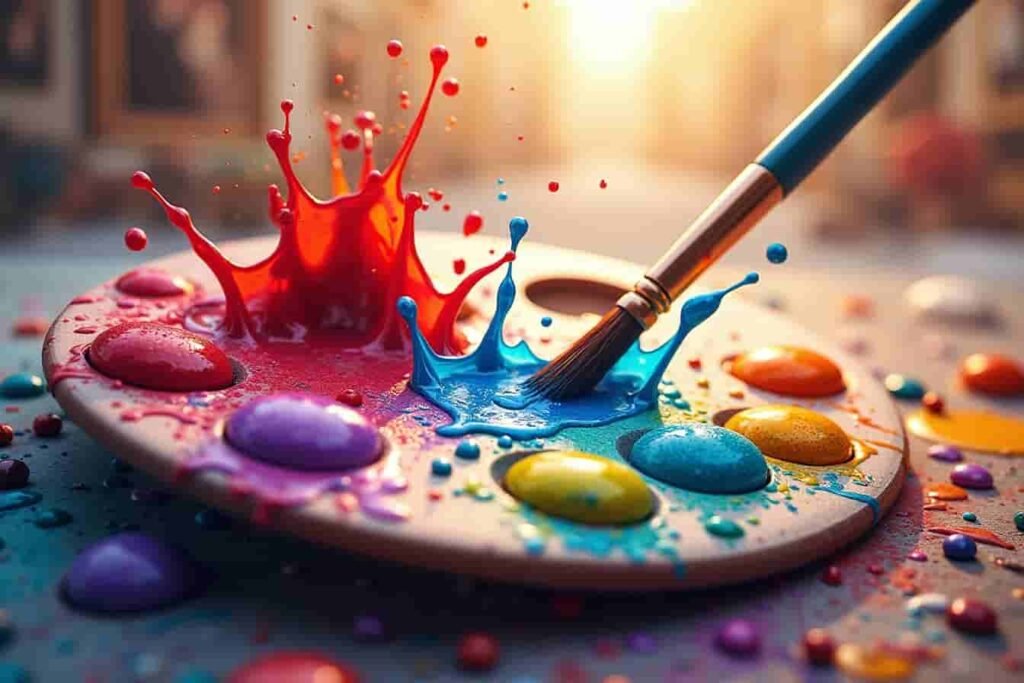
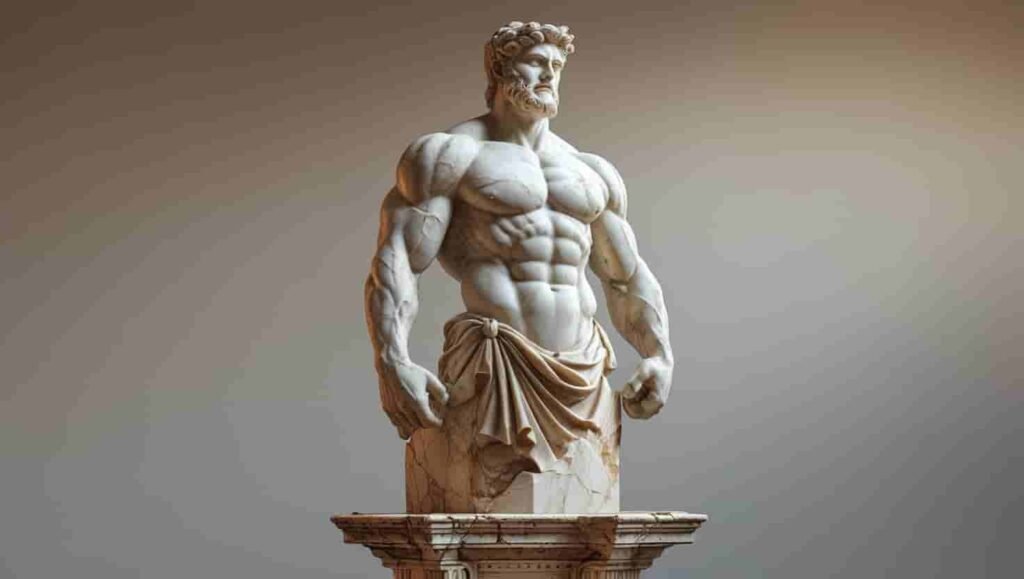

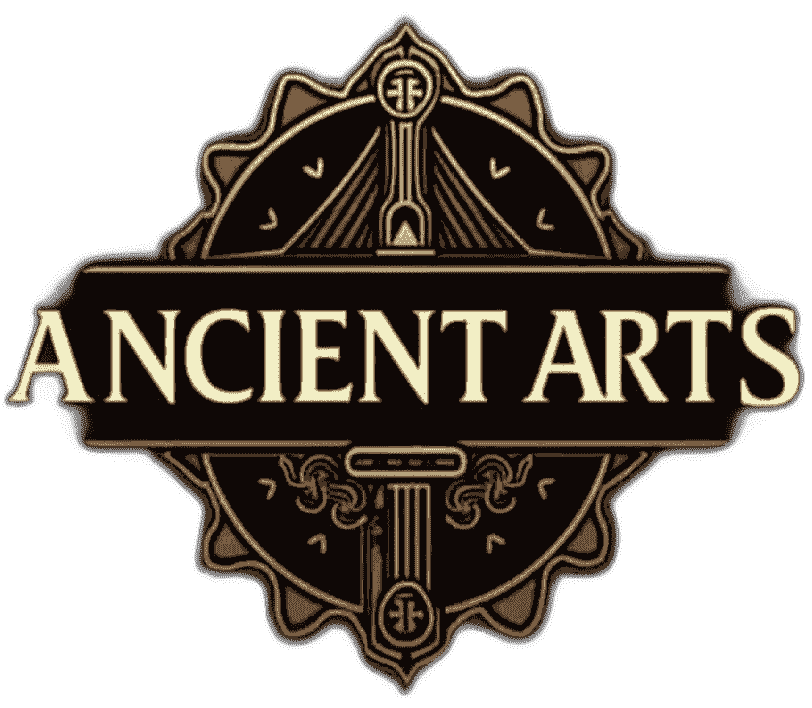
Pingback: Arts
Pingback: Impressionism: The Movement That Changed Modern Art
Pingback: Roman Arts | Ancient Roman Art | Roman Art
Pingback: Chinese Arts | History, Styles & Techniques
Pingback: walters cultural arts center | la plaza de cultura y artes
Pingback: Autry Museum of the American West